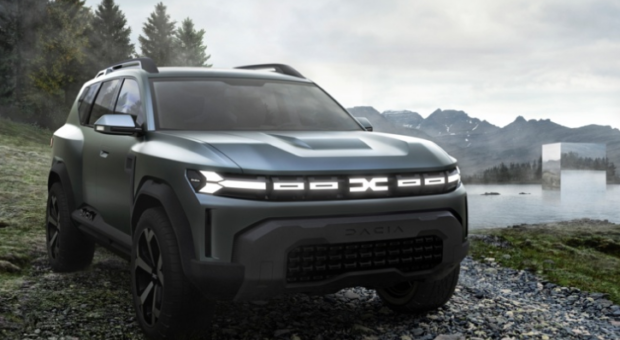
It’s quite common for those who start a family to purchase a “family vehicle,” one in which they can comfortably seat every member of the family and enjoy days out. This might mean selling off one or more smaller cars that are already owned, particularly if the five-seaters don’t have enough seats for the larger school run. If families have more than one or two children, this is quite commonly the case.
However, that doesn’t mean any people carrier, saloon car or van is perfect for your needs. It’s important to be just as discerning as you were when purchasing your first car on a strict budget, seeking the most value for money out there. It’s also important to be mindful of marketing tricks certain car dealerships can pay, and try to avoid making a purchasing mistake or paying more for less.
In this post, we’ll discuss three of the most common mistakes well-meaning families often make when purchasing their first family car.
Only Purchasing For Safety Features
Safety is the number one priority when on the road, and certainly your number one priority when raising a family and driving them in a two-tonne vehicle comprised of metal parts. That being said, it’s strangely easy to hyperfocus on safety features outside of other features like drivability, fuel economy, comfort, and features for driving well.
For the most part, trusted car manufacturers undergo rigorous safety testing while on the road and can be trusted. A larger people carrier is going to be safer than a smaller hatchback in an accident, but that’s about it. Of course, warning lights, rear cameras, auto-lock functionalities, and easy baby car seat attachments are key – but don’t forget the other implements that make for a good ride, too. When looking for cars for sale, you deserve to drive away with a model you appreciate.
Overlooking Storage Space
It’s easy to purchase a vehicle with much more room than usual – perhaps a seven-seater over a five-seater, but in these circumstances, you may find that the storage space is lacking for most implements, be that a car survival kit, or just room for many suitcases for you to travel or move easily. Looking for features like top box attachment, the strength to pull a trailer or foldable seats can provide a nice balance between family features and utility, so be sure to focus on those if you can.
Underestimating Maintenance Costs
Larger vehicles, especially certain brands of 4×4, can require proprietary parts and may require a much more expensive set of repairs and maintenance over the years to keep the car roadworthy. That’s why it’s good to check in advance if the vehicle can use cheaper aftermarket parts, or if it’s going to require specialist repair shops or dealerships to put together. On top of that, be mindful of electric vehicles, because while aftermarket parts absolutely exist for them, certain hybrid models or full electric vehicles can only be managed by a licensed mechanic with official parts. This might convince you to wait a few years on those models so a wider variety of options are available.
With this advice, we hope you can avoid making the most common mistakes when purchasing that family car.
















